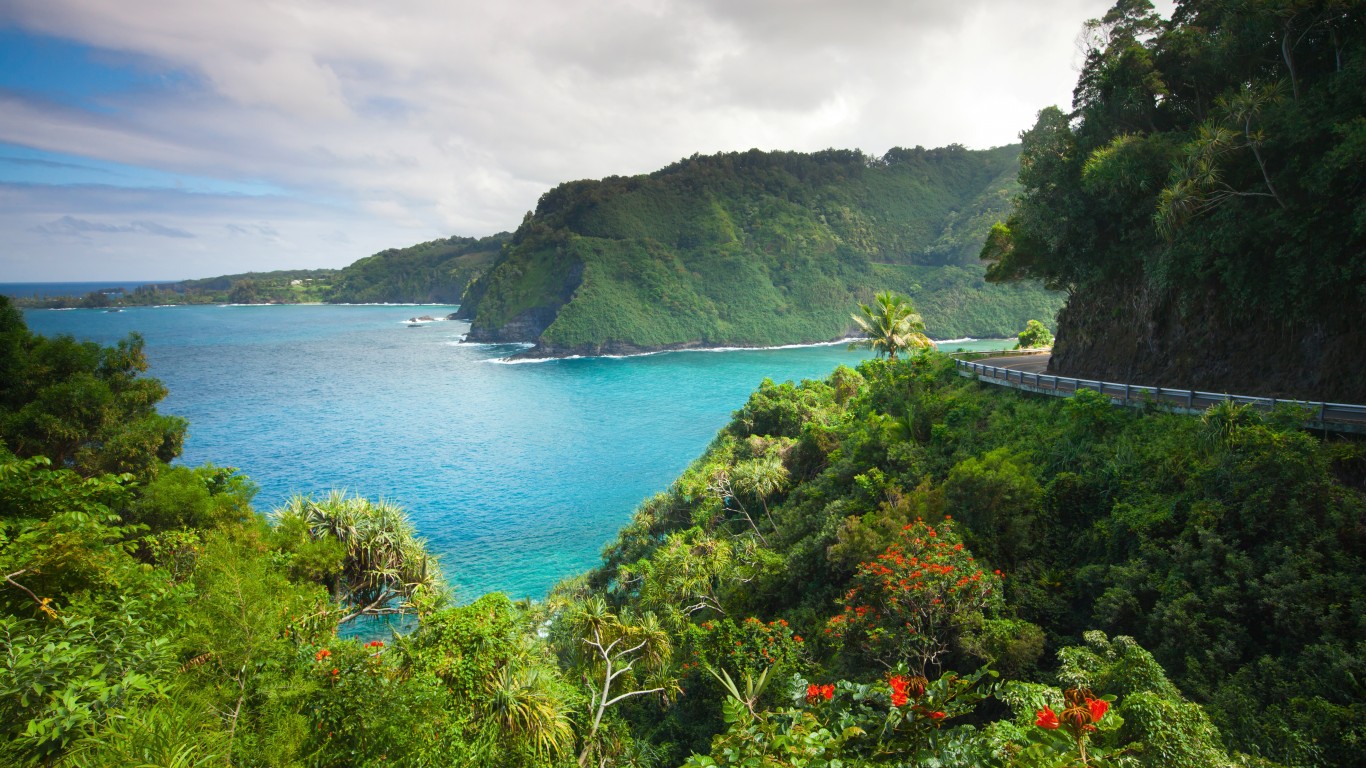Energy
Hawaii's coal withdrawal will set early U.S. example on transition risk

Published:
Last Updated:

Ahead of this week’s unprecedented heat wave in California, my wife and I decamped to Maui for a few weeks, which — although paradise compared to San Francisco right now — is not immune to the drought and wildfires plaguing the rest of the world. And whose transition to renewable energy will provide an early risk lesson to the rest of the U.S.
Hawaii is a leader in the U.S. energy transition, having been the first state back in 2015 to mandate a complete switch to renewable energy, in its case by 2045. Just last week it closed its last remaining coal plant, an AES Corp. $AES plant in service since 1992, as part of this strategy.
But the closure will set a dramatic example for the rest of the country in coming months and years because delays in construction of the solar plants and battery storage facilities needed to replace the loss of coal will leave the islands more reliant on oil, which remains their primary energy source.
Supply chain woes and surging energy prices, like everywhere else, are slowing the ramp up to renewables, and therefore leaving the islands exposed to an energy crunch until they can wean themselves off oil, much of it from Alaska.
The lead story on the front page of the Honolulu Star Advertiser — the pulse of paradise as it calls itself — is about the elevated risk of wildfires in coming months amid forecasts for a weakened rainy season and high temperatures. Talk of water rationing on some islands is already widespread.
How Hawaii responds with needed investment in renewables to manage its transition will be an important blueprint for the rest of the country, as well as for the hundreds of island nations suffering the impacts of climate change already. At least for the next few weeks, I’ll give you my take when possible.
More insights below . . . .
Subscribe to Callaway Climate Insights to keep reading this post and get 7 days of free access to the full post archives.
The last few years made people forget how much banks and CD’s can pay. Meanwhile, interest rates have spiked and many can afford to pay you much more, but most are keeping yields low and hoping you won’t notice.
But there is good news. To win qualified customers, some accounts are paying almost 10x the national average! That’s an incredible way to keep your money safe and earn more at the same time. Our top pick for high yield savings accounts includes other benefits as well. You can earn up to 3.80% with a Checking & Savings Account today Sign up and get up to $300 with direct deposit. No account fees. FDIC Insured.
Click here to see how much more you could be earning on your savings today. It takes just a few minutes to open an account to make your money work for you.
Thank you for reading! Have some feedback for us?
Contact the 24/7 Wall St. editorial team.